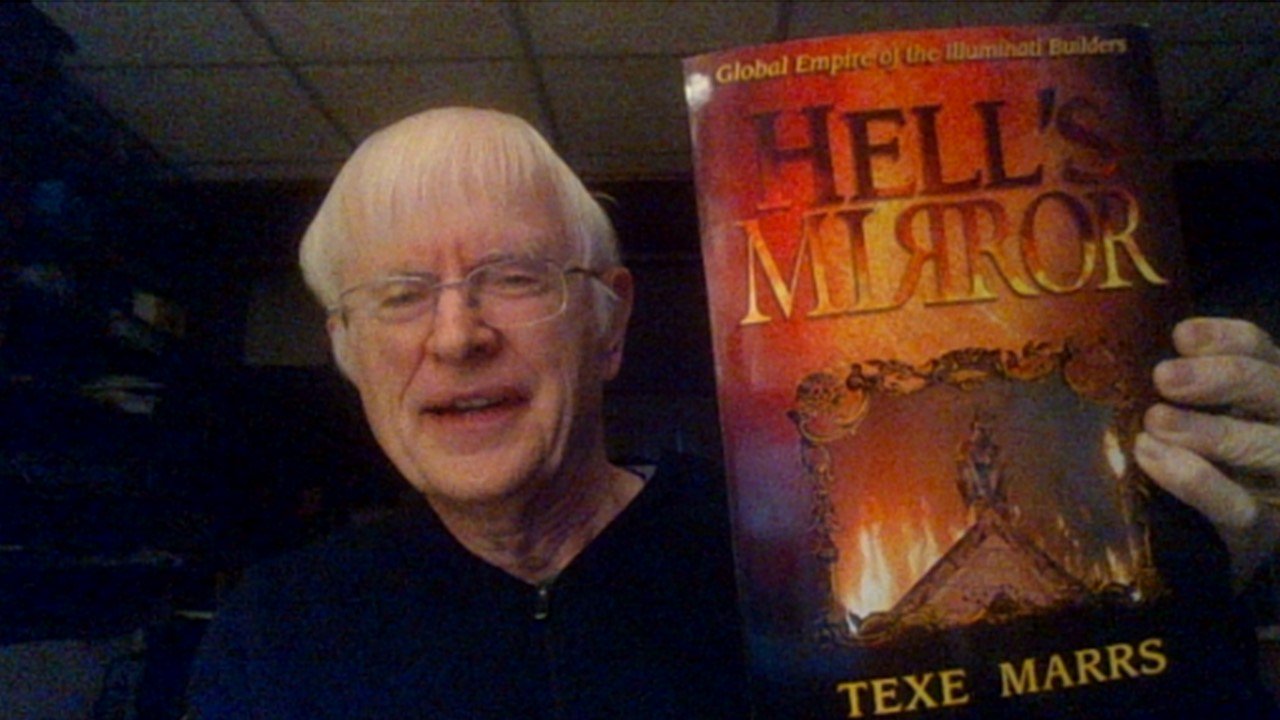Then, I started to examine what multiculturalism meant to non-White Canadians (Americans, British etc.) and my views have remained exactly the same today as shows my article a couple of days ago Thanksgiving.
Note: The links to the Amazon.com book lists are not current. Ishiguro, Smith and Rushdie are prolific and have produced books through 2018, and they continue to write in the dystopian style they adopted early in their careers. I recommend changing the Amazon.com search by "publication date" to see their current activities, and the rave reviews all round, including:
- Kazuo Ishiguro's The Buried Giant, published in 2015:
Ishiguro has created a fantastical alternate reality in which, in spite of the extremity of its setting and because of its integrity and emotional truth, you believe unhesitatingly. - The Financial Times, February 2015- Salman Rushdie's 2017 The Golden House, published in 2017:
The Golden House” has been billed by its publisher as Rushdie’s return to realism. Yet the New York City on offer is so gilded and remote that the novel reads like what one’s impressions would be if all one knew of it came from back issues of Vanity Fair magazine. - The New York Times, September 2017- Zadie Smith's Feel Free:
“…You will have to take liberties, you will have to feel free to write as you like…even if it is irresponsible. - Zadiesmith.comAll have won various prizes and perhaps the most prestigious is Ishiguro's Nobel Prize for Literature in 2017:
(Note: Rather than use "truth" as the target, Smith, like all dislocated people, who gravitate towards dystopia - and violence - choses "irresponsible" instead. She knows words and her word choice is not an error.)
Kazuo IshiguroJeeves of course died in 1975 (born in 1881), and his ghost did not write the 2018 listed books. Rather, they are contemporary reprints which probably do not do the aesthetic credit that the older versions did to his craft.
The Nobel Prize in Literature 2017
[...]
Prize motivation: "who, in novels of great emotional force, has uncovered the abyss beneath our illusory sense of connection with the world." - The Nobel Prize in Literature 2017

First edition
Author: P. G. Wodehouse
Publisher: George Newnes
Publication date: May 1919 [Source]
Diversity in Writers: Will the Real Jeeves Please Stand?
England has witnessed several years of non-English authors who keep winning literary prizes, or just literary acclaim. Zadie Smith was recently in the headlines, Salman Rushdie has managed to outlive his fatwa, and another less famous but prolific writer, Kazuo Ishiguro, has written yet another book from those fair British Isles.
I’ve read books by all three, even tried more than one of each. And all leave me less than enthralled, slightly confused, and struck by a lack of authenticity. I find their characters to be caricatures. Both Rushdie and Smith go for hyperbole, while Ishiguro goes for exactly the opposite.
I’m beginning to wonder if non-British writers, however much they were born on the Island, can really capture the spirit of the land.
“Remains of the Day” by Ishiguro has a gloomy, undecipherable, remorseful butler try to recapture something of what he’s lost during all those years of selfless service. Actually, I recant my observation about Ishiguro’s understatement. What could be more of a hyperbole than this?
Then there is P.G. Wodehouse, with the inimitable Jeeves. His adroit butler who really always does save the day, after a lot of scampers and near-disasters along the way. And he does get to have his day at the sea-side also, and quite frequently.
I think Wodehouse captured his character with affection as a butler who certainly is not going to be bossed around by any Lord! No remains for him to collect.
Sometimes I wonder; if you don’t have your full emotions invested in a place, how can you write positive things about it? Like Rushdie, Smith and Ishiguro, who seem to deny a possibility for a future in their books, and press on with their circular exaggerations trying to find meanings for themselves.
Ishiguro’s 2001 book “When we were orphans” is about an Englishman who mysteriously lost his parents as a young boy in Shanghai. He returns as a professional detective to solve that ultimate mystery. It reminds me of these writers, trying to find clues about their past by digging into words.
Ishiguro’s latest book forfeited the unapproachable Far East, and his ancestral home, for something even more alien. It seems like he’s completely given up on ‘his’ England. “Never let me go” is about a Utopia (or a dystopia) on cloning. No more real people, real places or real stories for Ishiguro in the advent of the 21st century.
Why doesn’t this progression of his thoughts and stories not surprise me?
Quote from an interview with Ishiguro on "When we were Orphans":
There's a certain kind of branded, packaged atmosphere of Shanghai: this exotic, mysterious, decadent place. The same in Remains of the Day. It was a case of manipulating certain stereotypical images of a certain kind of classical England. Butlers and tea and scones: it's not really about describing a world that you know well and firsthand. It's about describing stereotypes that exist in people's heads all around the world and manipulating them engagingly.



